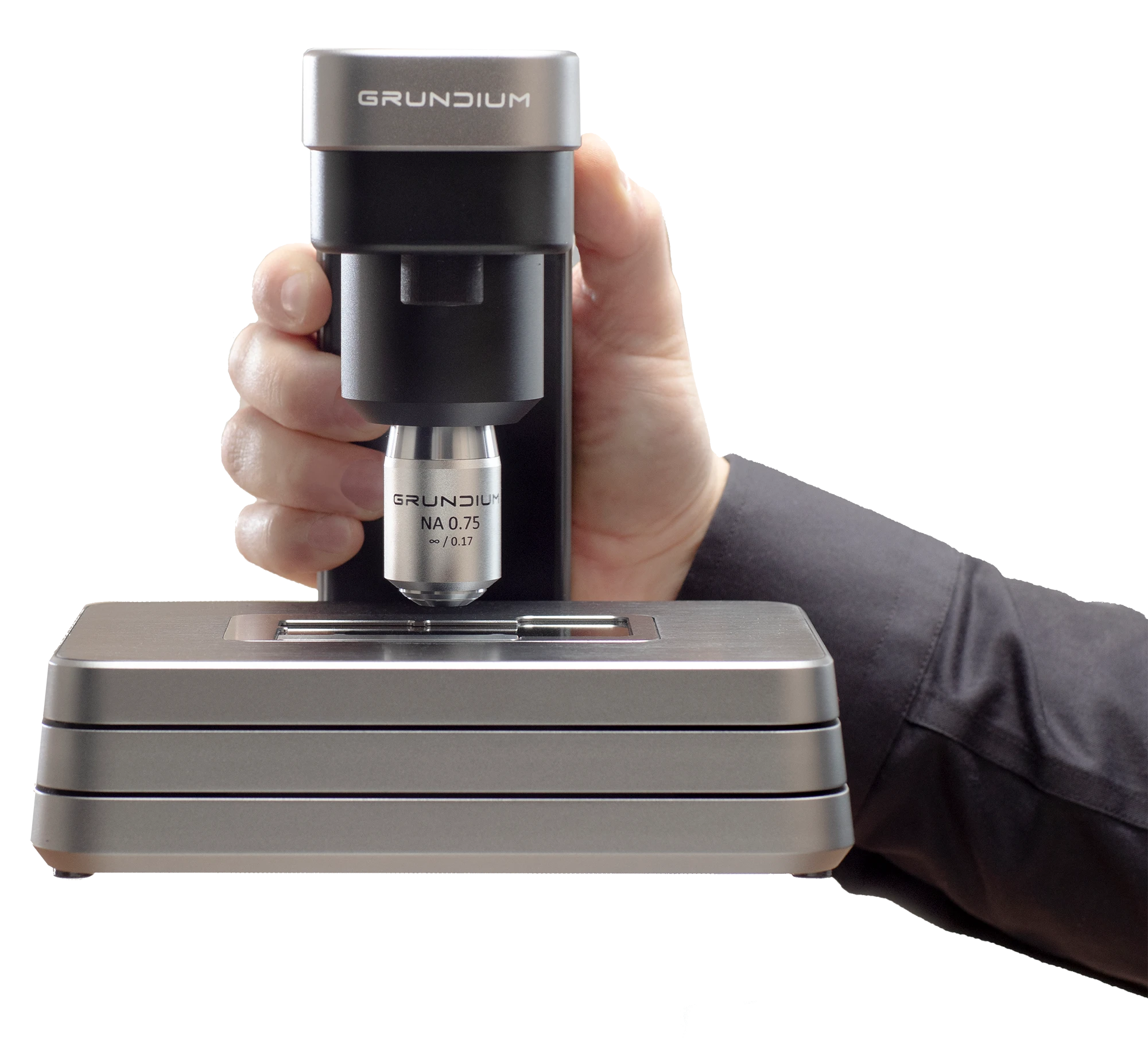
In the dynamic world of medical diagnostics, Whole Slide Imaging (WSI) emerges as a game-changer in pathology. Many professionals grapple with its nuances as the shift to digital pathology accelerates. Dive into our concise guide, addressing nine pivotal questions about WSI. Equip yourself with insights and stay updated in this digital evolution.


